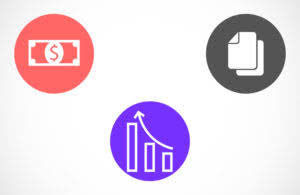
While both the ledger and T account serve as crucial components of the accounting process, there are notable differences in their attributes and applications. If that’s not the case, make sure to double-check your books as you’ve probably made an accounting error along the way. Accounting Periods and Methods Accounts Payable has the account type of Liability. Recording transactions in a T-account is a straightforward process.
![]()
Corporate and Business Entity Forms
There are separate accounts for each asset, each liability and each equity item. All accounts have account title and a reference number unique to them. Account title https://www.bookstime.com/bookkeeping-services/minneapolis describes the type of asset, liability or equity represented by that account.

Optimizing Accounting Reserve Account Management Strategies
We want to make sure we are accurately accounting for what we have (asset) and what we used (expense). Always refer to the company’s Chart of Accounts for the official name of the expense accounts. In accounting, the name must always match exactly for accuracy and clarity.

Tax Liability Accrual Explained
In this case, we received the cash at the time of the sale. When a business owner opens a business, they are turning personal funds into business funds. The business now owes that investment back to the business owner.
- During the month, we have gone to the office supply closet and taken out pens, sticky notes, and markers.
- The account’s name is then entered slightly above the top horizontal line, followed by a list of debits on the left and credits on the right, divided by the vertical T-shape line.
- Any action you take based on the information found on cgaa.org is strictly at your discretion.
- We want to separate out what he has put into the business from what he took out of the business for several reasons (for example, taxes).

The major components of the balance sheet—assets, liabilities and shareholders’ equity (SE)—can be reflected in a T-account after any financial transaction occurs. Debits and credits are recorded on opposite sides of the T-account. Debits increase assets, expenses, and dividends, while credits increase liabilities, equity, and revenues. The T-account helps accountants keep track of these increases and decreases, ensuring that the accounting equation remains balanced. Because T accounts are t accounts posted into the General Ledger of a business, they’re also commonly recognized as ledger accounts. You can see the specific date, the description of the transaction and a running balance beside the debits and credits.
